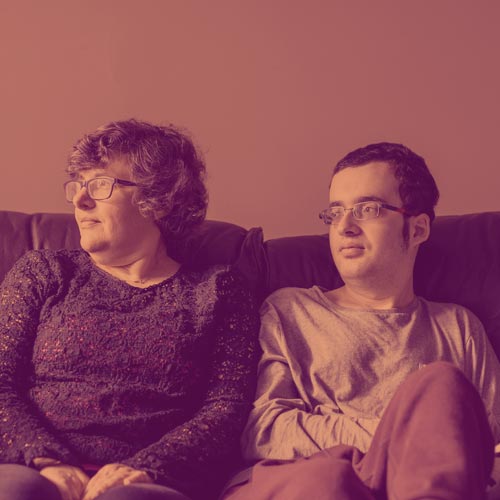What is Neurofibromatosis Type 1?
NF, the group name for Neurofibromatosis Type 1 (NF1), NF2-related-Schwannomatosis (NF2) and Schwannomatosis (SWN), occurs all over the world and affects men and women equally. The two main conditions are NF1 and NF2 and two rarer variants: Legius Syndrome and Schwannomatosis.
What is NF1?
NF1 is one of the most common neuro genetic conditions, that causes nerve tumours to grow where they shouldn’t. The “spelling mistake” in the gene is found on chromosome 17 and occurs in 1 in 2,500 of the population. There are approximately 25,000 people in the UK diagnosed with NF1.
NF1 varies widely in how it affects those who have the condition. Many people with the disorder will be affected very mildly and may have nothing more than skin changes. A minority of people (around a third) who have NF1 will have medical problems related to the disorder at some time in their life. Some of these problems will be mild and easily treatable and others will be more severe.
NF1 is normally easy to diagnose, but if there is doubt, a genetics department can usually help to clear up any uncertainty.
What are the early signs of NF1?
The early signs of NF1 are café au lait spots (flat brown birthmarks) on the skin, freckles in unusual places, and neurofibromas (growths) on the skin. One third of people with NF1 will have one or more medical complication during their lifetime.
What challenges are associated with NF1?
Mild learning difficulties are common in NF1 and for this reason it is important that teachers and educationalists know about a diagnosis in a child. Itching sometimes happens in NF1 and no one knows why this is so. Medication such as antihistamines or a simple emollient can sometimes help – ask your GP for guidance. Don’t hesitate from checking out the support pages on this website to find out more about NF1.










